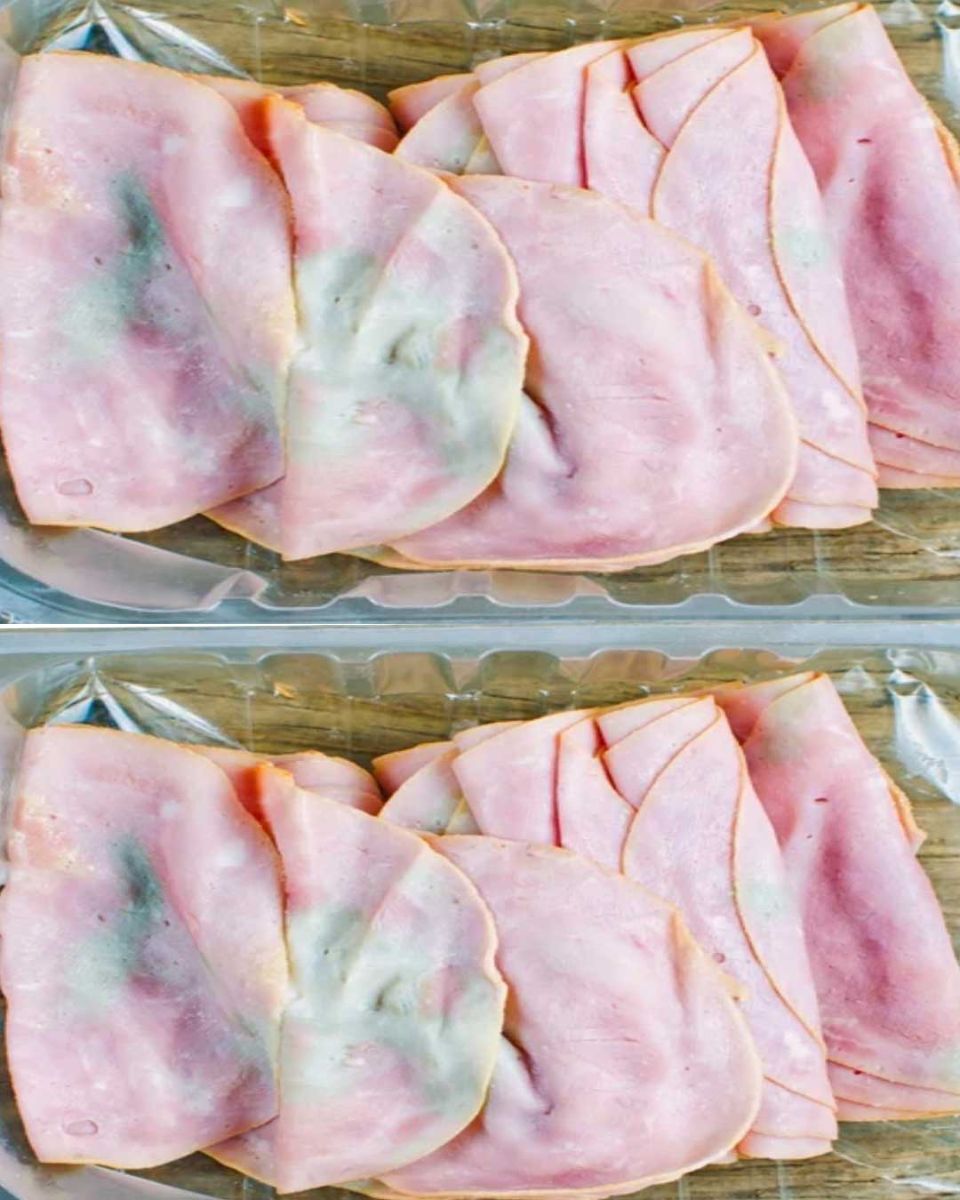ADVERTISEMENT
- Keep It Air-Tight: After opening deli meat, make sure it’s sealed tightly in plastic wrap, a zip-lock bag, or an airtight container to prevent exposure to air, which can lead to drying out or early spoilage.
- Keep It in the Coldest Part of the Fridge: Store deli meats in the coldest part of the fridge, ideally at the back. This ensures it stays at the right temperature and slows the growth of bacteria.
3. Use Leftovers Creatively
If you do have leftover deli meat that’s nearing its end, don’t just toss it. There are plenty of creative ways to use it up:
- Deli Meat Scramble: Scramble leftover deli meats with eggs, veggies, and cheese for a quick breakfast or brunch.
- Sandwiches and Wraps: Turn leftover deli meat into sandwiches, wraps, or a panini. You can also combine it with cheese and veggies for a hearty lunch.
- Salads: Add sliced deli meats to a salad for extra protein and flavor. Combine with leafy greens, nuts, and your favorite dressing.
- Soups or Casseroles: Chop deli meat into small pieces and toss it into a soup or casserole for added texture and flavor.
Conclusion: Waste Not, But Be Safe
While it’s admirable that your mother-in-law wants to avoid wasting food, it’s always important to prioritize safety when it comes to consuming deli meat. If the meat looks, smells, or feels off, trust your instincts and discard it—your health is worth more than the cost of throwing away a package of deli meat.
On the other hand, if the deli meat looks slightly discolored but isn’t past its prime, consider rinsing it or cooking it to refresh its flavor. With the right storage and creative ideas, you can also make sure that your deli meat lasts as long as possible and avoid wasting food in the future.
So, the next time you’re unsure about that deli meat, take a moment to inspect it carefully, and when in doubt, trust your senses. Your safety and peace of mind are always worth it!
